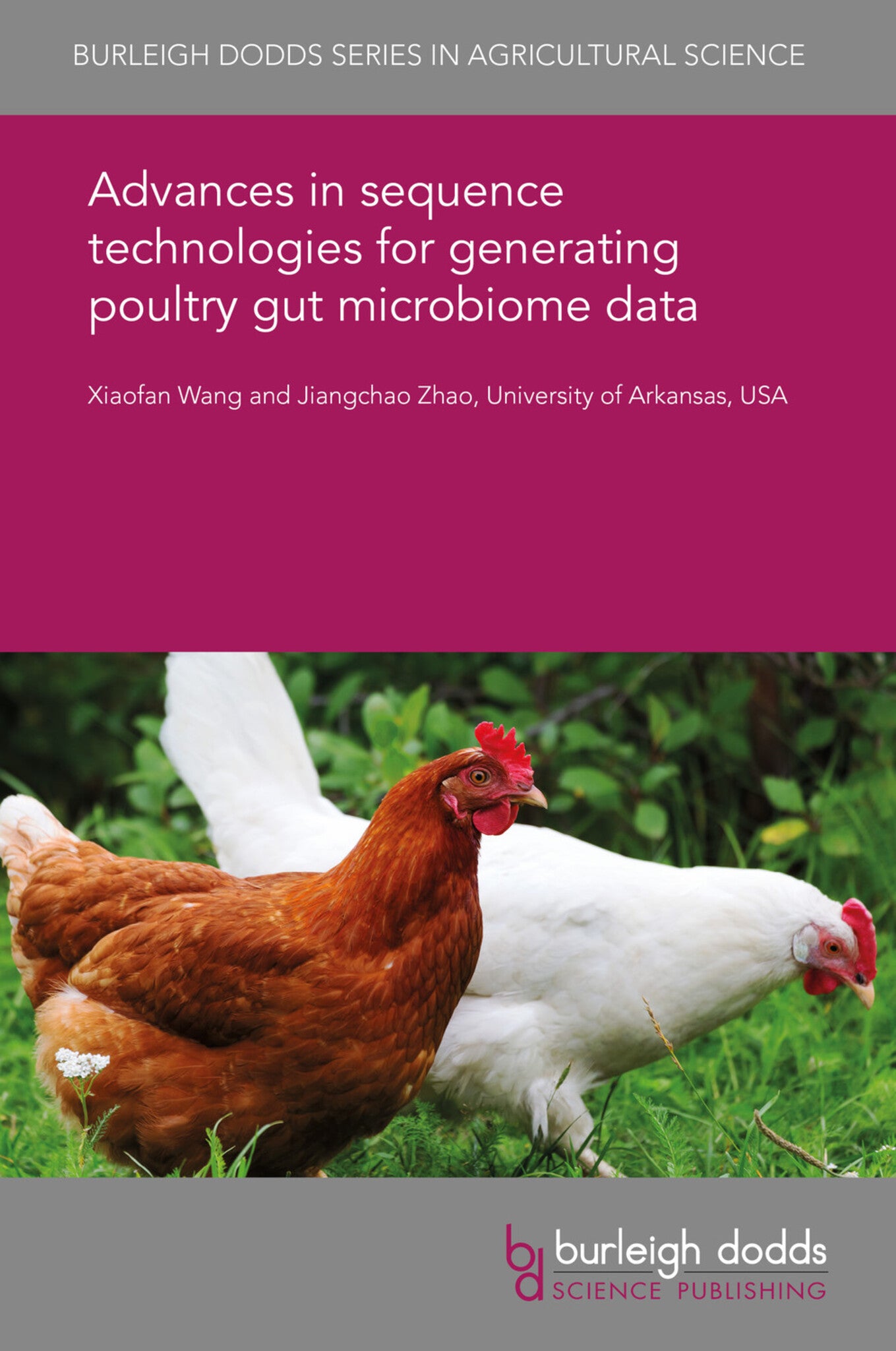We're sorry. An error has occurred
Please cancel or retry.
Advances in sequence technologies for generating poultry gut microbiome data

Some error occured while loading the Quick View. Please close the Quick View and try reloading the page.
Couldn't load pickup availability
- Format:
-
25 November 2019


TECHNOLOGY & ENGINEERING / Agriculture / Sustainable Agriculture, Poultry farming, TECHNOLOGY & ENGINEERING / Agriculture / Animal Husbandry, Sustainable agriculture, Animal husbandry

1 Introduction 2 Culture-dependent microbiome analysis 3 Terminal restriction fragment length polymorphism (T-RFLP) 4 Denaturing gradient gel electrophoresis (DGGE) and temperature gradient gel electrophoresis (TGGE) 5 16S ribosomal RNA clone library sequencing 6 Next-generation sequencing (Roche 454, Illumina, and Ion Torrent) 7 Third-generation sequencing (Pacbio SMRT and Oxford Nanopore MinION) 8 Microbiome, metagenomics, and metatranscriptomics 9 Conclusion and future trends 10 Where to look for further information 11 References



